Description
Ordinance of no quarter to the Irish
The Ordinance of no quarter to the Irish was a decree of the English Long Parliament passed on 24 October 1644 in response to the Irish Confederation of Kilkenny threat to send troops from Ireland to support King Charles I during the English Civil War that ordered Parliamentary officers to give no quarter to Irish soldiers fighting in England and Wales, and Irish Confederate sailors at sea.
The Kilkenny Confederacy sent 2,000 troops in three regiments under the command of Alasdair MacColla to support Montrose’s Royalist army in Scotland who were fighting against the Covenanters in 1644. During the years 1643 and 1644 they also promised to send 10,000 troops to England and Wales. However they ultimately never sent the troops because their negotiations with Charles I broke down over the public practice of Catholicism and the independence of the Irish Parliament. However, a ceasefire deal between the Irish Confederates and English Royalists did result in the return of some 5,000 Royalist troops from Ireland in 1643-44. The confusion of these regiments with the Irish Catholics, associated in Parliamentarian minds with the massacres of the Irish Rebellion of 1641, did much to frighten English Protestant opinion. English Parliamentarians had often taunted Prince Rupert that he was a German mercenary, and while they could just about tolerate foreign Protestants and English Roman Catholics fighting as Royalists, they considered support by foreign Roman Catholics a much greater threat.
Even before the Ordinance was passed Irish prisoners were in danger of being summarily executed. For example in July 1644 Colonel William Sydenham defeated a Royalist plundering party from the garrison of Wareham at Dorchester, and hanged six or eight of his prisoners as being “mere Irish rebels”. This gave rise to reprisals on the part of the Royalists.
The English Parliament’s response to the Kilkenny Confederacy’s proposed expeditionary force to England was to pass the Ordinance of no quarter to the Irish:
… no quarter shall be given hereafter to any Irishman, nor any Papist whatsoever born in Ireland, who shall be taken in hostility against the Parliament … every officer that shall be remiss or negligent in observing the tenor of this ordinance shall be reputed a favourer of that bloody rebellion in Ireland.
This Ordinance was effective only in England and Wales and did not apply to Scotland or Ireland (as they were not part of the same realm, they were countries beyond English jurisdiction).
The relative absence of Irish Catholic soldiers in England meant that the Ordinance was rarely acted upon. However after the cessation of arms between the Confederates and the Royalists in 1643, allowed Ormonde to send 8,000 troops from Dublin and Munster and aid the King. Although most were in fact Englishmen, a small contingent consisted of Irish Royalists. In the instances where these Irish were captured, execution was swiftly followed.
After Parliamentarians capture of Shrewsbury, a number of Irish soldiers were hanged in accordance with the law. In response, Prince Rupert executed an equal number of Parliamentarian troops, much to the English Parliament’s disgust, explaining according to the Earl of Essex that “these savage Irish barbarians neither give nor shall receive quarter”, much to the dismissal of the German Prince. Similarly, after the fall of Conway Castle, seventy-five Irish prisoners were executed.
One example of the severity of this law was the massacre of some Welsh civilian camp followers (who were mistaken for Irish) by Parliamentarian soldiers after the battle of Naseby in 1645. The Welsh, mostly women, were speaking the Welsh language, which the Roundhead troops mistook for Irish. Historian Charles Carlton has commented that the incident “was so unusual that it caused considerable comment”.
Castle Gates House
Moved from Dog Pole to its current location as its new owner at Dog Pole wanted a more fashionable brick town house and he wasn’t a heathen as to destroy it.
These wooden houses were pre fabricated off site anyway, before being assembled at their final resting place, so disassembling and reassembling is fairly straightforward. Each timber is bares carved markings for its location.
But before the house was moved, just to the left of this site, near the castle gates, the most public place, was the gallows. During the English Civil War after the Parliamentarians’ capture of Shrewsbury, a number of Irish mercenaries were hanged in accordance with the law. They were given the town, marched in, saw some Irish mercenaries and hanged them. No questions.
They tug at you as you pass. Over the injustice of the matter.

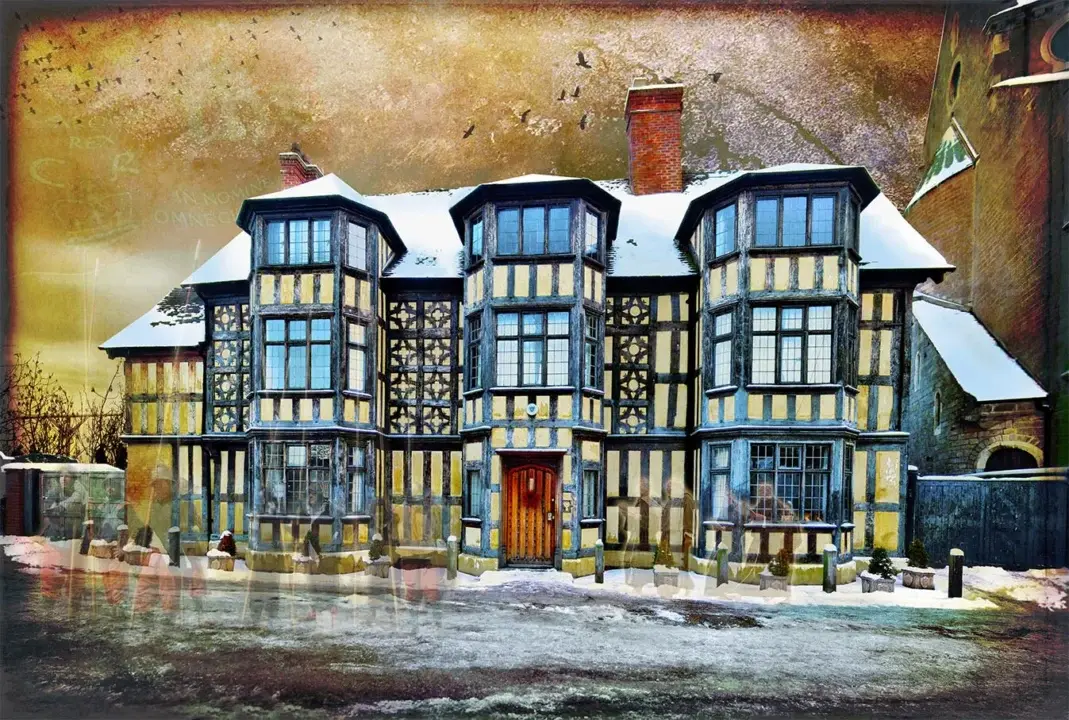
 Click a section to zoom in. These are
Click a section to zoom in. These are 


























































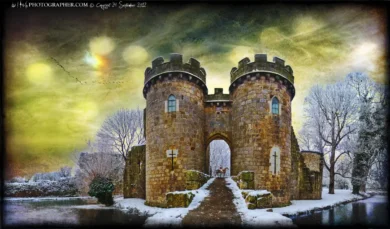
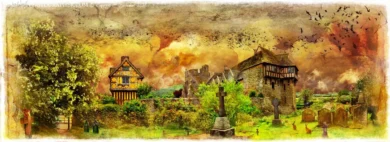
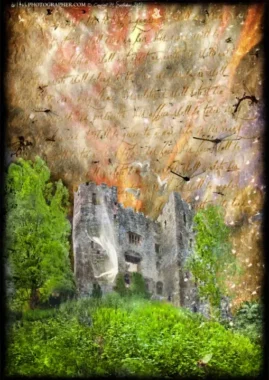

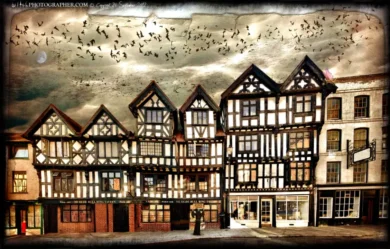
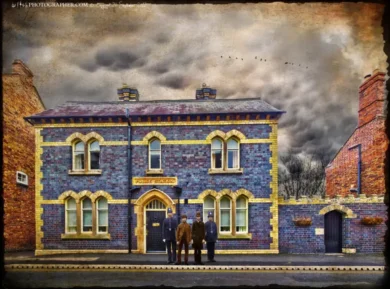
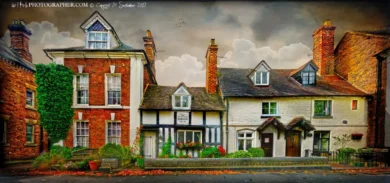

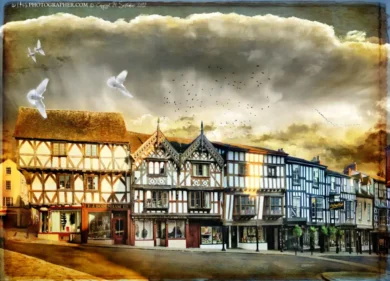
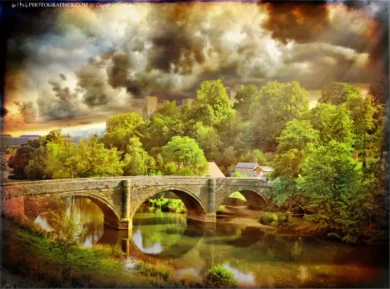
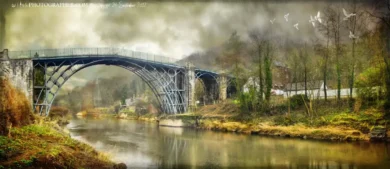
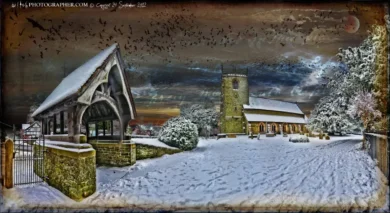
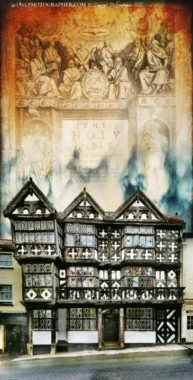
Reviews
There are no reviews yet.